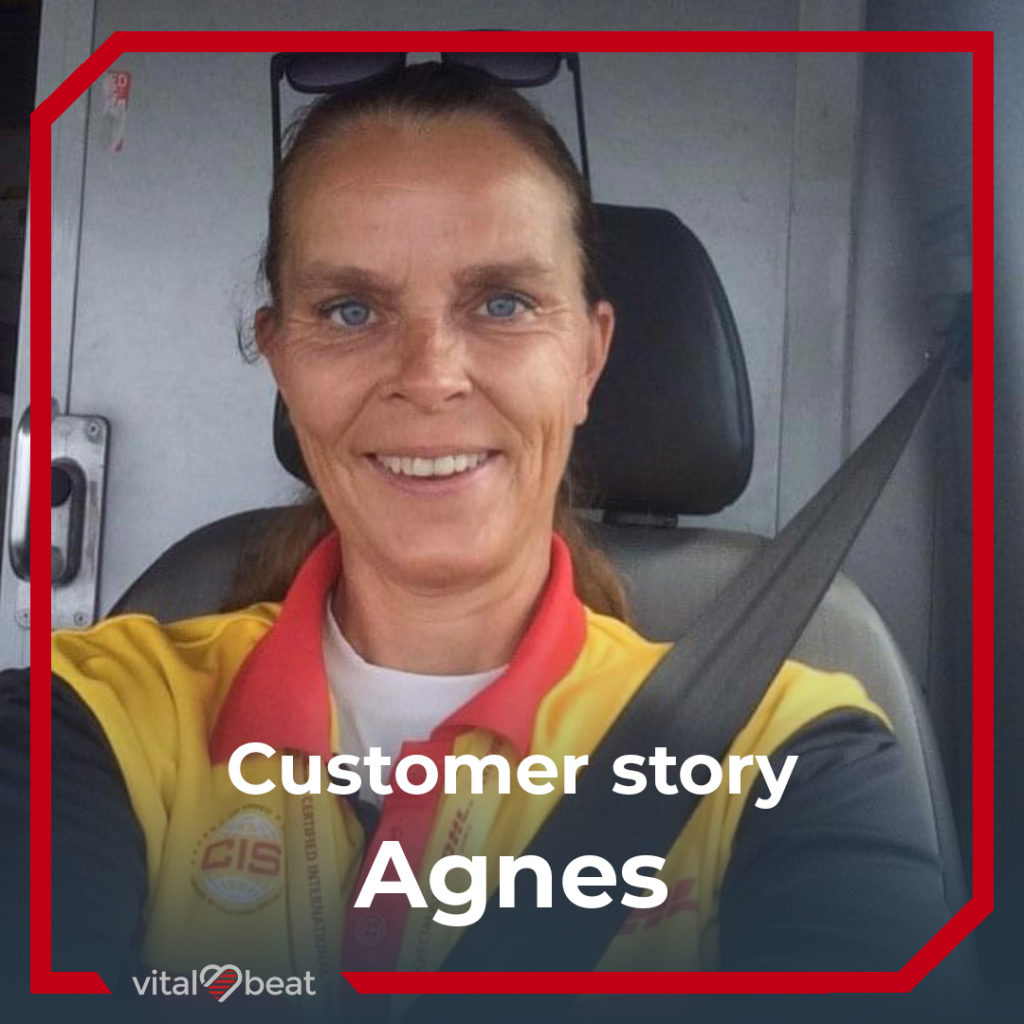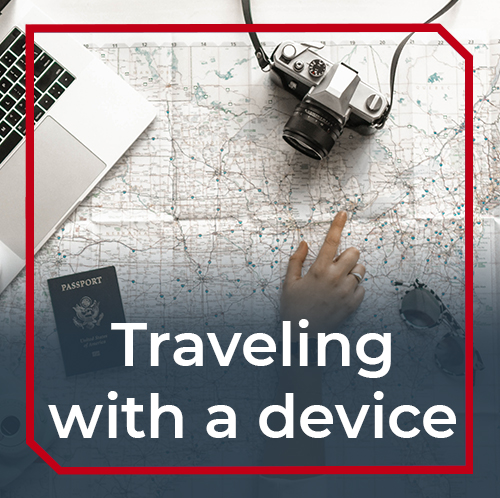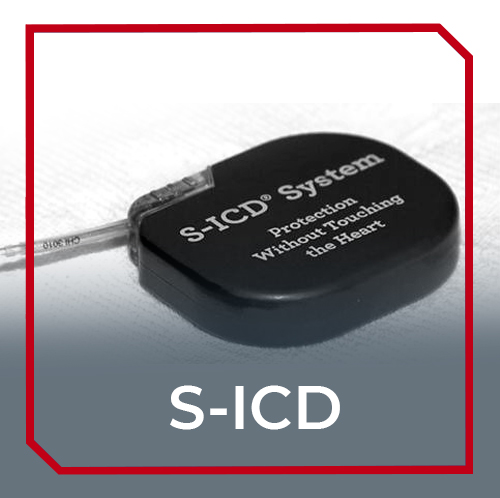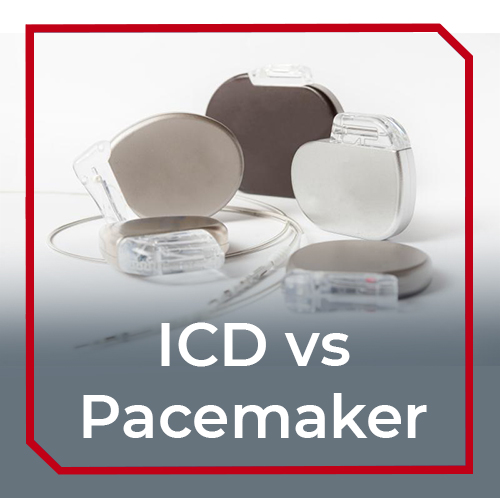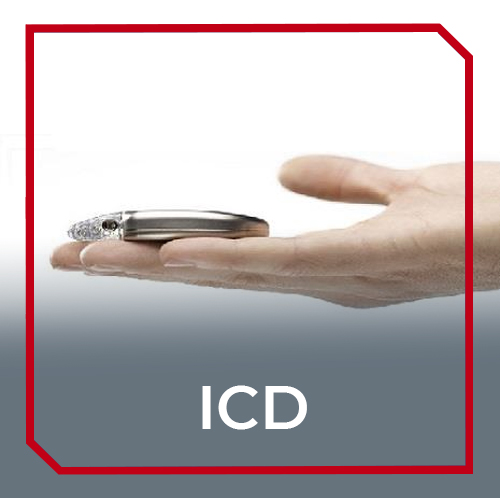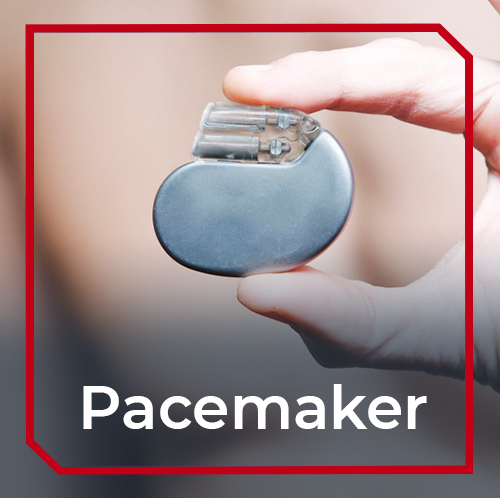Customer story: Gerda (CRT-D)
In de rubriek Customer Story besteden wij aandacht aan onze klanten en hun verhaal. Deze eerste
blog gaat over Gerda, een 58-jarige werkende moeder van twee volwassen dochters en drager van
een CRT-D. Momenteel zet zij zich in voor andere vrouwen die ook een hartinfarct hebben gehad. We
hebben haar wat vragen gesteld.
Hoe lang ben je al een device drager?
Ik draag sinds januari 2019 een CRT-D na twee hartinfarcten in 2013 en 2017.
Op welke manier had het krijgen van de CRT-D invloed op je leven?
Op het moment dat de cardioloog mij in het najaar van 2018 uitlegde dat ik op grond van nieuwe
regels in aanmerking zou komen voor een ICD was ik gefocust op AED’s (automatische externe
defibrillators) en wist ik inmiddels waar die allemaal te vinden waren. De kennis dat ik een
hartritmestoornis kon hebben wat als gevolg kan hebben dat mijn hart stopt kwam enorm binnen.
Op de avond voor de plaatsing van de ICD kreeg ik te horen dat de artsen een derde draad zouden
plaatsen om het beschadigde deel van mijn hart mee te laten bewegen was iets waar ik geen tijd heb
gehad om daarover na te denken.
En nu je de CRT-D hebt, is er veel veranderd?
Het positieve aan mijn CRT-D is natuurlijk dat mijn hartslag en hartfunctie verbeterd zijn. Het vergde
wel een stukje bewustwording dat ik iets in mijn lijf heb wat mijn hart ondersteund. Ik grap weleens
met de term ‘bionische vrouw’, ik kan namelijk niet zomaar doodgaan. En ik werd me ook wel even
bewust van mijn vergankelijkheid.
In het begin mocht ik natuurlijk geen autorijden en door het helen van de wond was ik beperkt in
mijn vrijheid. Nu ben ik nog steeds enigszins beperkt doordat de device op mijn spier ligt, waardoor
ik minder doe met links dat met rechts.
We spreken je natuurlijk als klant van Vital Beat. Hoe ben je bij ons terecht gekomen?
Ik heb Hilke (eigenaresse van Vital Beat) op een bijeenkomst ontmoet waar we allebei als
ondernemers aanwezig waren. Toen zij vertelde over wat Vital Beat deed was ik erg geïnteresseerd.
Ik wandel namelijk heel graag, maar mijn rugzak was heel vervelend om te dragen in combinatie met
mijn device. Hiervoor heb ik wel eens zelf wat oplossingen bedacht met bijvoorbeeld een washandje
en tape, maar dit werkt natuurlijk niet optimaal. De materialen van Vital Beat bieden een veel betere
oplossing.
Wat zou je andere device dragers nog mee willen geven?
Als je bang bent om te doen wat je zou willen doen vanwege je device dan biedt Vital Beat een hele
mooie bescherming. Met name vanuit veiligheid voor bijvoorbeeld mountainbikers en fietsers
wanneer ze vallen, maar ook als stukje comfort zoals in mijn geval met een rugzakband. Hierdoor kun
je doen wat je altijd leuk vond om te doen en hoef je je niet door je device te laten belemmeren.
Gerda heeft van haar ervaringen haar missie gemaakt. Door middel van haar eigen coaching bedrijf
helpt zij vrouwen die net als zij een hartinfarct hebben gehad. Meer lezen of in contact komen met
Gerda? Kijk op https://www.jebentmeerdanwatjehebt.nl/




